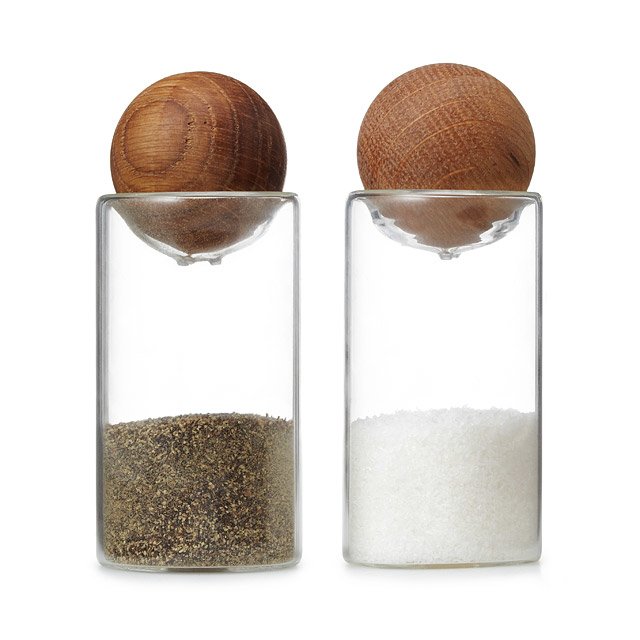By the end of this article you will learn how to make SuperURLS that
- minimize your chance of breaking Amazon TOS, and
- don’t affect your items conversion rate negatively like traditional SuperURLs and
- increase your item sales by increasing your keyword rank.
First off. SuperURLs might be against Amazon TOS.
Historically we’ve told people NOT to use them because there’s a (slim) chance that Amazon might frown on their usage as being rank manipulation and then decide to ruin your day/week/life as a result.
So, if you don’t want to risk it, go ahead and skip everything else and go back to whatever you were doing before.
That said, we think there might be methods which are less of a violation, and certainly less detectable.
But first:
What is a SuperURL?
TLDR; a SuperURL is a link to your product that, when purchased, will increase your product’s Keyword Rank.
What is Keyword Rank?
TLDR; Keyword Rank is a measurement of how “right” Amazon thinks your product is for customers typing in a certain keyword.
e.g. If a customer types in “ninja turtle” and your Ninja Turtle Sheets show up as the 458th result, that means
a. that you’re. not making any money from people typing ninja turtle, and b. there are 457 items that people are _more likely_ to buy when they type in the word ninja turtle.
How do SuperURLs work?
Amazon tracks pretty much everything. So, if you go to Amazon.com right now and type in “ninja turtle” (sorry for this example it was the first thing that popped into my head)

Amazon will bring you somewhere like this.

If you look closely at the URL that your search brought you to, you should notice something.
https://www.amazon.com/s/ref=nb_sb_noss_2?url=search-alias%3Daps&field-keywords=ninja+turtle
Your keyword has been stuffed into the URL. That’s Amazon’s way of keeping track of what brought you to these items.
If you click on the second item, it’ll take you to a URL that looks like this
https://www.amazon.com/Nickelodeon-Teenage-Turtles-Pillowtime-Raphael/dp/B00BMU0TFS/ref=sr_1_6?ie=UTF8&qid=1509822998&sr=8-6&keywords=ninja+turtle&dpID=41TSJrK90WL&preST=_SY300_QL70_&dpSrc=srch
Amazon is still tracking the keyword that brought you here.
If enough people purchased this item from this URL, Amazon would think “Wow, a lot of people are typing in Ninja Turtle and buying this” and eventually “Maybe we should show this item FIRST when people type in Ninja Turtle?”
That URL is called a “SuperURL”, or more specifically a 1-click SuperURL. Because a person clicks ONE URL and then purchases the item.
1-Click SuperURLs are kind of bad.
Why are they bad?
Glad you asked.
Remember when I said that Amazon measures everything? They measure EVERYTHING. They are like…meth heads when it comes to compulsive measurement.
One of the things they measure is your conversion rate. Your conversion rate is the # of times a person looks at your product and says “You know what, I DO want to buy this.” They get converted from a shopper to a buyer.
So if 10 people look at your listing and five of them buy, you have a conversion rate of 50%.
Remember back when we said Amazon takes a lot of things into consideration when showing your items to shoppers? You can probably bet that conversion rate is one of them.
1-click SuperURLs can tank your conversion rate
So what most Amazon FBAers do is generate one of these SuperURLs using a service like AmzTracker, and distribute them to fifty gazillion (approx) people who then all go straight to the page and then 1 percent of them buy the item, which now means your conversion rate is 1 out of 50 gazillion, which is, you know. Low. Like. Flo Rida low.
So…what then?
Enter 2-click SuperURLs. Or SuperDuperURLs
Yes. I’m a grown man that used the word SuperDuper. We will get through it, together.
A SuperDuperURL (oh my god the POWER) is a new type of SuperURL which carries the benefits of SuperURLS but with extra Duper in it, (drunk on power), because it doesn’t carry the risk of destroying your conversion rate.
Instead of taking a person directly to the product, a SuperDuperURL takes you to your storefront, as if the user had typed in the keyword.
Now if a person clicks decides they don’t want to buy it, and browse away, your conversion rate stays intact, but if they click through, and purchase, it will be as if they typed in the word “ninja turtle” and decided to purchase it.
Best of both worlds.
How do I make a SuperDuperURL and Can I please call them 2-click SuperURLs I have dignity.
Amachete makes it really easy.
First click on My Products on the menu.

Then open the product you wish to create a Super(duper)URL. Make sure to choose the right marketplace as, obviously, Super(Duper!)URLs are marketplace specific.

Once you click on the SuperURL button on the right-hand side you’ll be prompted with a window.
This window is where you choose the keyword you want to rank for 
It will generate a Super(Duper)URL which you can then distribute to potential buyers, increase your keyword rank, and increase your sales.
Happy Selling!



















